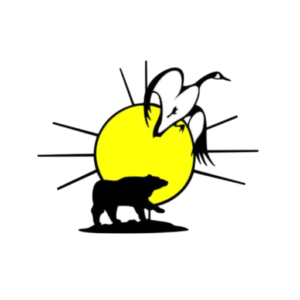
OUR PEOPLE
The people are the First Peoples that worked and lived within the Kenogami Watershed, also known as the artic watershed. Costance Lake traditional land use is strongly related to individual and community well being. The abundance of wild food harvested and shared with the community indicated through our research an ongoing reliance on the ecological health and function of their asserted traditional territory, with use documented throughout large portions of northern Ontario.

The people of the river, hunted, trapped, and fished along the Kenogami, Kabinakagami, Nagagami, Pagwachuan, Wakashi, Awagakama, Squirrel, Fox, Pitukupi, Little Ash, Big Ash, Little Current, Drowning, Ridge, Albany and Shekak river systems and Pledger, Pitukupi, Constance, Trilsbeck, Serinack, Martison, Ridge, Melanson, Fushimi, Fox, Bannerman, Luhta (Medicine Creek) lake systems since time immemorial, as told by Elders in the eighteen hundreds and early nineteen hundreds.
In these systems, the rivers became the highway where our first economies were developed. Barge and trade were infamously known to the groups and families along these long stretches of water. The people became mastered sturgeon and walleye fishers, built canons and arrows, created traps for large and small game animals, and all animals had specific tools. The respect for one another included water ways into creeks and lakes, families were known to one another of they’re respected territories of harvest. Understanding this meant protocols were followed and customary laws govern our territory.
Video about the Mamawmatawa
Community Members
CLFN has evolved along with this history and today proudly resides on the territory it has known consistently as home. CLFN members are the caretakers of our Traditional Territory as described herein, and possess Aboriginal and Treaty rights over lands and resources within our Traditional Territory.
Today, our nation has a small population with 900 members on reserve and 900 off reserve. Constance Lake First Nation is a mixture of Cree, Ojibway, and Oji-Cree.

